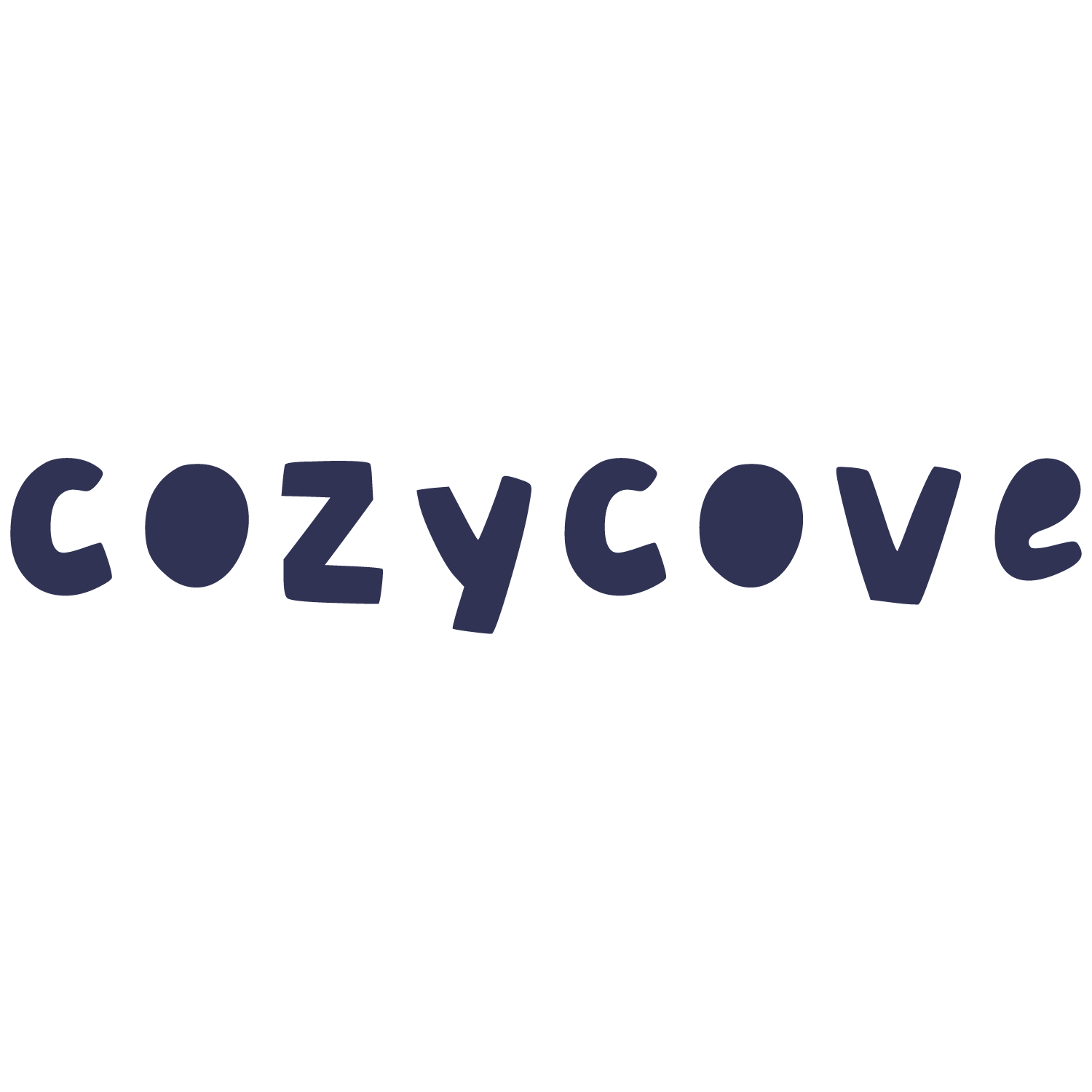acozyfuture.com – Is your little one nearing the age when it’s time to start weaning? As parents, you’ll soon need to decide which feeding method is best for your baby as this important milestone approaches.
Among the various methods, two stand out: baby-led weaning and spoon-fed weaning. But how do these techniques differ, and which one is best for your baby?
You’re in luck! This blog is your ultimate guide to discovering which of these two weaning methods is right for you and your baby. Get ready to explore your options!
First Things First: Understanding Baby-Led Weaning and Spoon-Fed Weaning
Before we explore the differences between these two feeding techniques, it is essential to have a clear understanding of what each approach entails. So, what exactly are baby-led weaning and spoon-fed weaning?
Baby-Led Weaning
Baby-led weaning is a feeding approach where babies feed themselves from the start, typically around six months old. Instead of being spoon-fed purees, they are given soft, manageable finger foods and allowed to explore different textures and flavors at their own pace.
Spoon-Fed Weaning
Spoon-fed weaning is a more traditional method where parents or caregivers feed the baby using a spoon, usually starting with pureed or mashed foods. The parent controls what and how much the baby eats, gradually introducing more textures as the baby grows.
Discover the Differences: Baby-Led Weaning and Spoon-Fed Weaning
Let's take a closer look at the differences between baby-led weaning and spoon-fed weaning!
1. Feeding Approach
Baby-Led Weaning:
Babies feed themselves using their hands, exploring different textures and foods at their own pace.
Spoon-Fed Weaning:
Parents or caregivers spoon-feed pureed foods to the baby, gradually introducing solid foods.
2. Control Over Eating
Baby-Led Weaning:
Babies have control over how much they eat, choosing what and how much to consume from the options given.
Spoon-Fed Weaning:
Parents control the portions and decide when the baby has eaten enough.
3. Development of Motor Skills
Baby-Led Weaning:
This method promotes fine motor skills and hand-eye coordination as babies learn to grasp and bring food to their mouths.
Spoon-Fed Weaning:
This method focuses on learning to swallow and accept a spoon, with motor skills developing later as they transition to self-feeding.
4. Potential for Mess
Baby-Led Weaning:
This technique is typically messier, as babies are encouraged to explore food with their hands.
Spoon-Fed Weaning:
This technique is generally less messy, as the feeding process is more controlled by the caregiver.
5. Time Commitment
Baby-Led Weaning:
This method can require more time and patience, as babies may take longer to eat and explore their food.
Spoon-Fed Weaning:
This method is often quicker and more efficient, as the caregiver guides the feeding process.
6. Parental Involvement
Baby-Led Weaning:
Parents provide food options and supervise, but the baby takes the lead in the feeding process.
Spoon-Fed Weaning:
Parents are more actively involved in feeding, deciding on portions and guiding the baby through meals.
7. Choking Risks
Baby-Led Weaning:
Some parents worry about choking, though proper food preparation and supervision can minimize risks.
Spoon-Fed Weaning:
This approach is perceived as safer by some, as parents control the food size and texture.
8. Weaning Transition
Baby-Led Weaning:
The transition to solid foods is more gradual and seamless, as babies are already accustomed to different textures.
Spoon-Fed Weaning:
Transitioning from purees to solids can be a more distinct phase, requiring adaptation to new textures and self-feeding.
Conclusion
The choice between baby-led weaning and spoon-fed weaning depends on the needs, preferences, and circumstances of both the baby and the parents. There's no one-size-fits-all answer.
Some parents even prefer to combine both methods, starting with spoon-feeding and gradually introducing baby-led techniques as the baby grows. It’s important to consider what feels right for your family and consult with your pediatrician to ensure that your little one’s nutritional needs are met.
Best of luck to all the parents out there!
Related Articles:
Weaning Guide: How to Introduce Solids to Your Baby




Share:
13 Things to Do With a Newborn Baby
All About Baby-Led Weaning: Food Size, Texture, and Softness